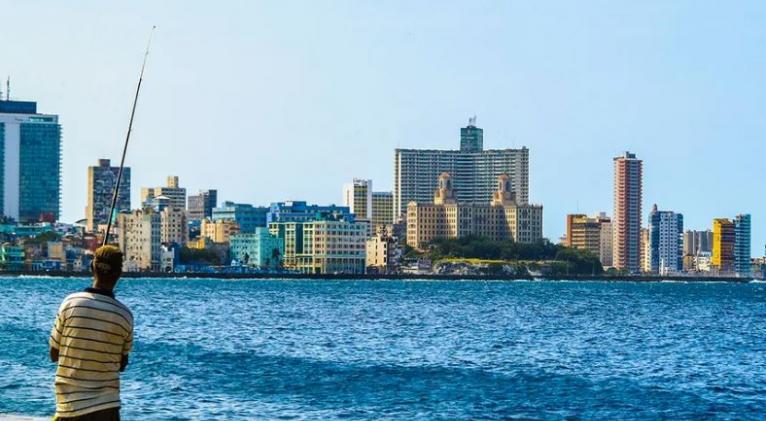Havana, poetry and melody

Each November 16th turns into an invitation to revisit Havana, the wonder city, the capital city of all Cubans, the sea blue of the bay, the sky. Havana makes you fall in love at first sight and then it makes you suffer and enjoy simultaneously.
We shall number young Havana’s age by singing, and reading poems. We shall look at it through art; shooing away the sparrows on the scaffolds. And we shall remind it that, despite some of its children has left, Havana is never alone. Others remain here, natural or adopted children. And we brace it from its foundations.
To plastic artist and poetess Ileana Mulet, Havana is “a green-haired woman, full of coming and going, and stones.” Our Alejo Carpentier adorned it with several adjectives and incredible descriptions to perpetuate “the city of columns.” Fayad Jamís asked himself:
“It would be me if you did not exist
My city of Havana
If you did not exist my dream city
In clarity and built-up foam,
That would be me without your portals,
Your columns, your kisses, your windows.
And at the end of this poem, said:
If you did not exist I would invent you
My city of Havana.”
Argentine singer-songwriter Fito Paez confessed: “I am at your feet, Havana. I do not know how to love you otherwise. Havana, I am at your feet, time flies and your memory never vanishes.” Meanwhile, Joaquín Sabina, that unfettered Spanish singer who call himself a huge fan of Cuba, gave us a postcard of Havana, where fishes dance to the rhythm of guaguancó…
Declared by UNESCO as City creative of music, Havana becomes, no doubts, melody. Desde Hoy mi Habana, a song written by José Antonio Quesada in 1894, seems to be just released for the first time; Hermosa Habana, by Zafiros, written by Rolando Vergara; Andar La Habana, by troubadour Ireno García in 2014, reached all Cubans homes through the TV program Andar La Habana, hosted by Eusebio Leal.
And although the poet says that he wrote it for a woman, in Esto no es una elegía, by Silvio Rodríguez, you can find Havana from beginning to end. Sábanas Blancas, by Gerardo Alfonso, to feel the city routine; Hábaname, by Carlos Varela, the instinct to always save it, and La Habana Sí, by the Van Van orchestra, which invites us all to work hard and move on, and spend other thousand years singing to the city from the Havana’s seafront.
Translated by Sergio A. Paneque Díaz / CubaSí Translation Staff














Add new comment